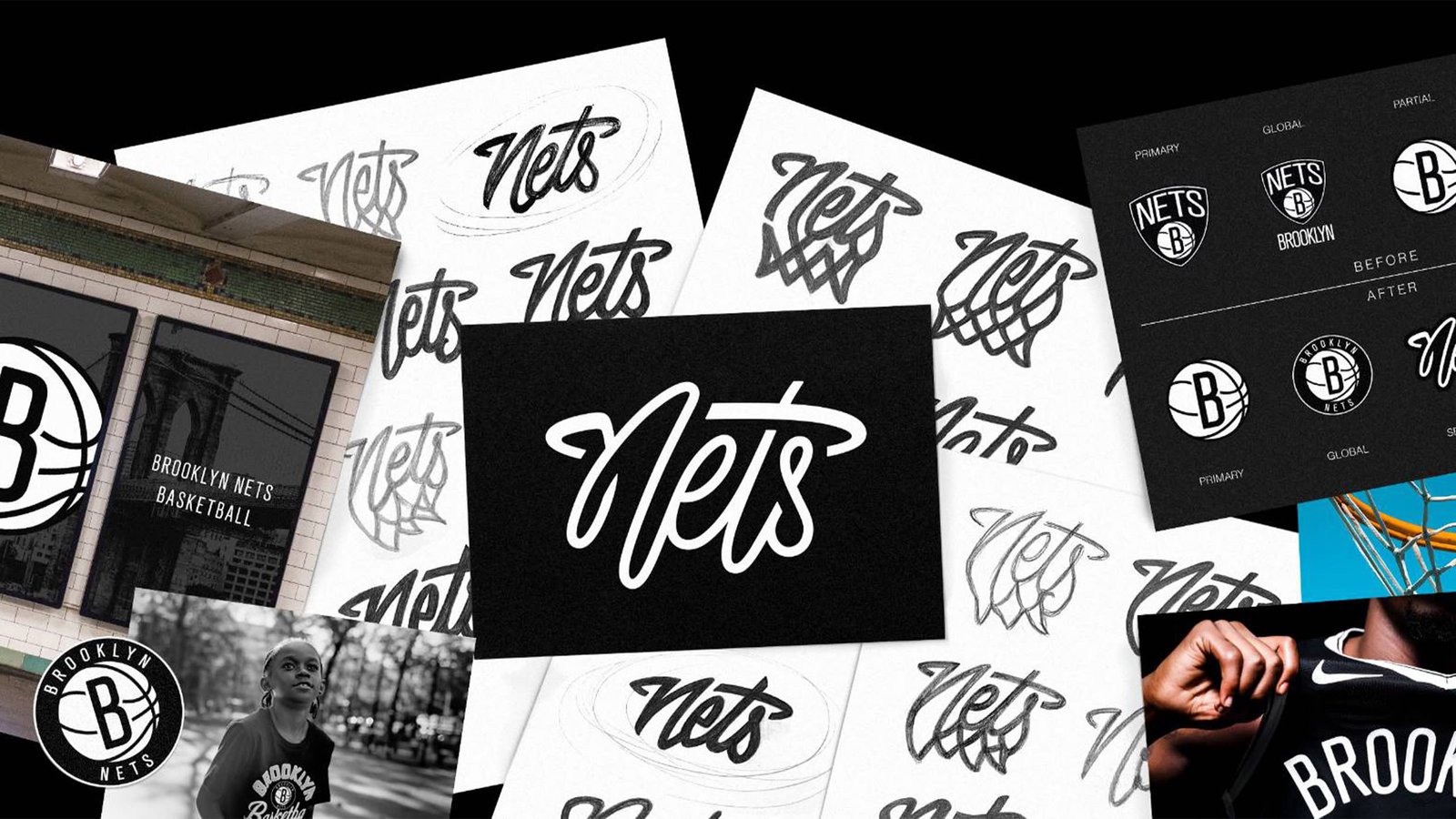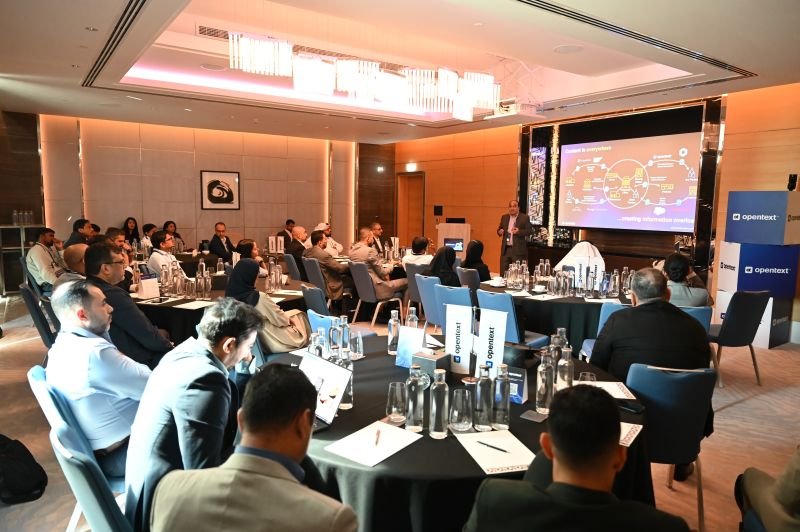A netting logo is a design that incorporates net-like or mesh patterns as a visual element. It’s often used to symbolize ideas such as connection, strength, and support. This design trend has evolved over the years, finding its place in various industries. Whether it’s showcasing a strong network of connections, emphasizing teamwork, or representing security and stability, netting logos have become a popular choice for businesses looking to visually communicate their brand values.
Key Features of Netting Logos
Netting logos are characterized by several distinct features:
- Geometric Patterns: Many netting logos use repeating geometric shapes, like hexagons or squares, to create a mesh or web effect.
- Texture and Depth: The use of overlapping lines or interwoven shapes can add depth, making the logo more dynamic and engaging.
- Colors and Typography: Simple, neutral colors (such as white, black, or gray) are often used to highlight the netting design, while typography can range from bold, modern fonts to minimalistic, clean lines to match the overall aesthetic.
These design choices give netting logos a structured and cohesive feel, making them ideal for companies looking to project organization, efficiency, and trust.
The Psychology Behind Netting in Logo Design
Netting logos are more than just a visual element—they carry powerful symbolic meaning:
- Strength: The interconnected lines in a net symbolize strength in unity. This is particularly appealing for businesses that want to convey stability.
- Connectivity: Nets are often associated with connecting multiple points, which is why they are popular among technology, networking, and communications companies. The visual representation of connection can signify a strong network or team.
- Support and Safety: The idea of a safety net resonates with industries where reliability and trust are important. Consumers often associate netting logos with brands that offer support and security, making these logos effective for brands in financial services, insurance, and tech.
By using a netting logo, companies can visually communicate their values of reliability, support, and connection in a subtle yet powerful way.
Industries That Use Netting Logos
Several industries have embraced netting logo design as part of their brand identity. Here are a few notable examples:
- Fishing and Marine Industries: Traditionally, nets are a practical tool in fishing, making them an obvious symbol for brands in this industry. Logos with fishing nets often emphasize tradition and sustainability.
- Technology and Networking: Tech companies use netting designs to symbolize digital connections, networking capabilities, and the flow of information. A netting logo is ideal for businesses that deal with online networks, software, or IT solutions.
- Sports and Recreation: In sports like basketball, tennis, or soccer, nets are an essential part of the game. Logos incorporating net elements can represent teamwork, agility, and achievement, which are key themes in the sports world.
Designing a Memorable Netting Logo
Designing a netting logo requires a careful balance of simplicity and complexity:
- Simplicity: While nets can be intricate, it’s important to keep the design clean and not overly complicated. Too much detail can make the logo hard to recognize or reproduce on different platforms.
- Complexity: At the same time, the netting effect should still convey depth and texture. Using fine lines or a repeating pattern can create a sense of dimension without overwhelming the viewer.
- Tools and Software: Graphic design tools like Adobe Illustrator or online logo makers can help designers create precise geometric patterns and seamlessly blend netting designs with typography and color.
A good netting logo should be versatile enough to work across different mediums, from websites and social media to print materials.
Famous Examples of Netting Logos
Many brands use netting elements in their logos to great effect. For example:
- LinkedIn: The network symbol in LinkedIn’s early logo resembled connected dots, emphasizing the platform’s goal of linking professionals.
- Netgear: As a tech company that provides networking products, Netgear’s logo uses subtle netting themes to represent connectivity and digital solutions.
- Nike’s Sports Net Logos: Nike has utilized netting elements in some of its basketball and soccer-themed logos, showing an association with teamwork, agility, and success.
These companies have successfully used netting logos to align their visual branding with their core business values, demonstrating the power of this design choice.
The Role of Minimalism in Netting Logos
In today’s branding, minimalism is key. Minimalist logos are easy to remember, versatile across platforms, and visually appealing. Netting logos can also be simplified by reducing the number of lines or focusing on just one part of the net design. For instance:
- Minimal Geometric Shapes: A few interconnected lines can create the impression of a net without overwhelming the design.
- Monochrome Color Schemes: Using just one or two colors can keep the design simple and clean, enhancing its usability across various platforms.
By stripping down the complexity of a traditional net design, businesses can create a minimalist logo that retains the essence of netting while being adaptable to modern branding needs.
The Future of Netting Logos in Branding
As logo trends continue to evolve, netting designs are also evolving, particularly in the digital space:
- 3D Netting: Modern designs are embracing 3D and depth effects to create more dynamic logos. This trend can give netting logos a futuristic feel, making them ideal for tech companies or brands looking to appear cutting-edge.
- Animated Netting Logos: With the rise of digital marketing and interactive media, animated logos are becoming more popular. Netting logos can be animated to show interconnectedness or movement, enhancing brand storytelling.
These emerging trends show that netting logos will remain relevant, especially as brands look for creative ways to stand out in the digital world.
Conclusion:
Netting logos are versatile and carry strong symbolic meaning. Whether you’re in the tech, sports, or marine industry, a netting logo can communicate important brand values like connection, support, and strength. When designing a netting logo, it’s essential to balance simplicity and complexity, ensuring that the design is both visually appealing and adaptable to various platforms. By using netting elements, your brand can create a memorable identity that resonates with your target audience.
FAQs
Q: What industries benefit most from netting logos?
A: Netting logos are popular in industries like technology, networking, sports, and fishing, where the symbolism of connection and strength is relevant.
Q: How can a netting logo be designed to look modern?
A: By using minimalist designs, geometric patterns, or 3D/animated elements, a netting logo can be given a sleek and modern look.
Q: Are netting logos effective for digital platforms?
A: Yes, netting logos can be highly effective for digital platforms, especially when designed with simplicity and adaptability in mind.




